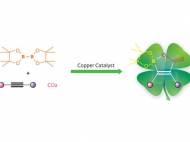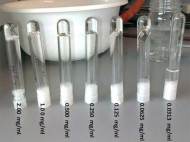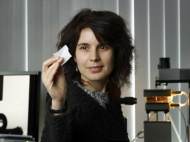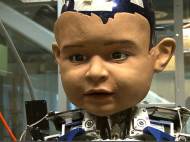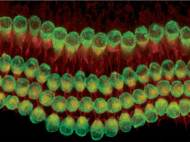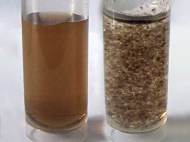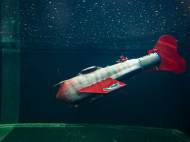Researchers used synthesized DNA to store and read data
 EMBL-European Bioinformatics Institute (EMBL-EBI) researchers have developed a method to store and read information from deoxyribonucleic acid (DNA) molecules. The researchers devised a method to convert data into DNA code, and used it to encode 739 kilobytes of data into actual DNA. The information was retrieved with 100% accuracy by sequencing the sample and reconstructing… »
EMBL-European Bioinformatics Institute (EMBL-EBI) researchers have developed a method to store and read information from deoxyribonucleic acid (DNA) molecules. The researchers devised a method to convert data into DNA code, and used it to encode 739 kilobytes of data into actual DNA. The information was retrieved with 100% accuracy by sequencing the sample and reconstructing… »

